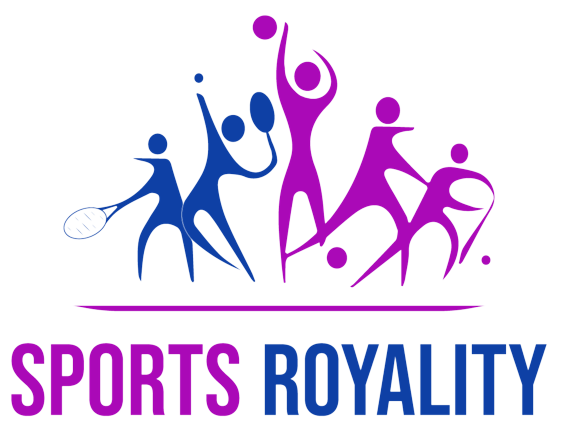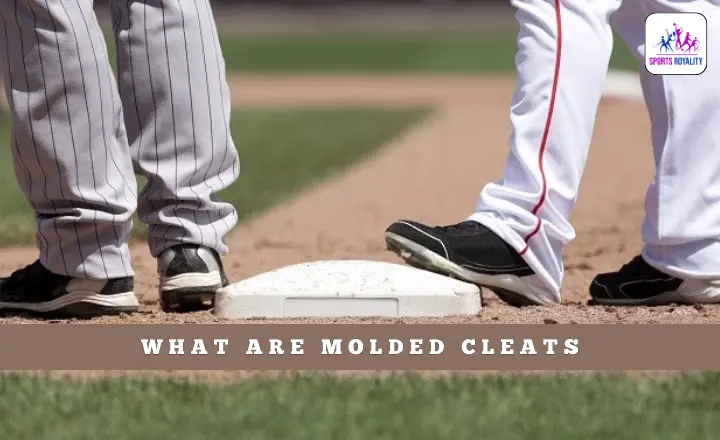When it comes to footwear, baseball players have a wide range of options to choose from. But a popular choice among athletes is molded cleats, so what are molded cleats, and who wears them?
Unlike traditional metal or screw-in cleats, molded cleats are designed with strategically placed rubber or plastic studs on the sole for enhanced traction and stability on the field.
These innovative shoes offer numerous advantages for players of all levels, from amateurs playing in local leagues to professional athletes competing in major tournaments.
This article will delve deeper into what molded cleats are and why they have become an indispensable part of baseball gear.
What are Molded Cleats?
The term brings a sense of power and precision to the field. Often made from rubber or hard plastic, these cleats are designed with fixed studs integrated into the shoe’s sole. A soccer player’s dream comes true with enhanced stability and grip on various playing surfaces.
Molded cleats have evolved, becoming lighter, more flexible, and ultimately tailored for the specific needs of different sports. Whether baseball, football, or lacrosse, manufacturers have constantly refined their designs to improve speed and agility.
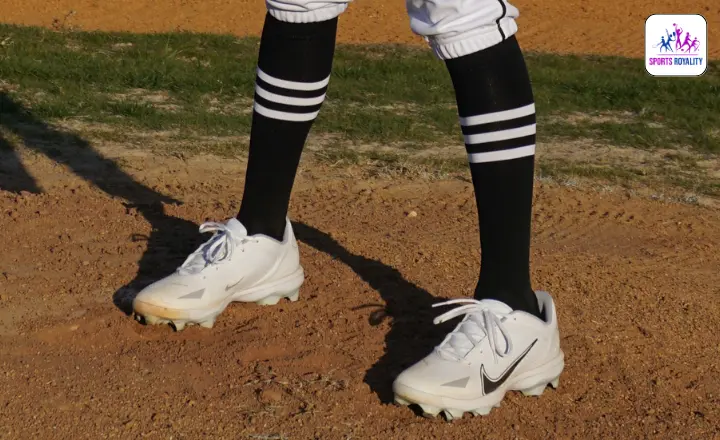
And let’s not forget about durability. Molded cleats are built tough for frequent use in demanding conditions. They can withstand abrasive playing surfaces like turf or grass fields without losing shape or deteriorating quickly.
Unlike their metal counterparts that require careful upkeep due to rusting concerns and regular replacement due to wear and tear, molded cleats give athletes peace of mind while charging through rough terrains during intense matches.
Key Features of Molded Cleats
Using molded cleats offers numerous advantages. Among the most significant benefits are:
Increased Traction
Molded cleats have long been popular among athletes and sports enthusiasts for their incredible traction on various surfaces. One key feature of these cleats is the multidirectional studs that are strategically placed on the sole.
This design ensures maximum grip and stability, allowing athletes to make quick turns, cuts, and changes in direction without worrying about slipping or losing balance.
The increased traction provided by molded cleats can be particularly advantageous in sports such as soccer, football, and baseball, where quick movements and sudden changes in direction are crucial.
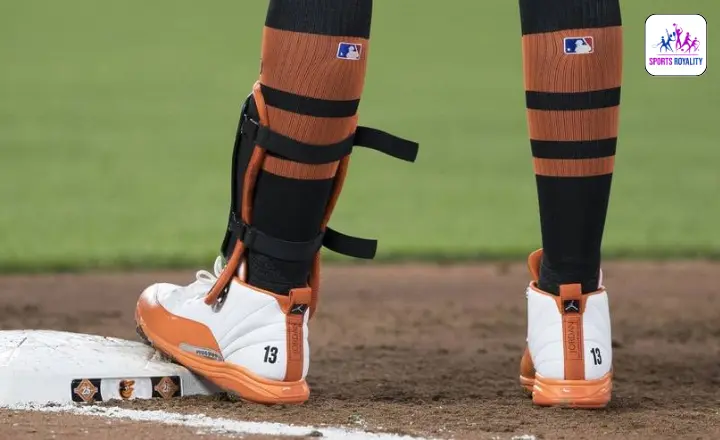
Another notable feature of molded cleats is their firm grip on natural grass and artificial turf surfaces. Unlike other types of cleats that may struggle to maintain traction on synthetic fields or wet surfaces, molded cleats provide a secure foothold regardless of the conditions.
This versatility allows athletes to focus on their performance instead of worrying about slipping or sliding during play. Because moldings are more durable than detachable studs or blades, athletes can expect consistent traction throughout use without frequent replacements.
Increased Durability
Molded cleats one primary reason for the rise in popularity is their increased durability. Unlike traditional metal cleats, which can quickly wear down or break after continuous use on rough terrain, molded cleats are built to last. Their construction typically involves sturdy materials such as rubber or durable plastics that are resistant to wear and tear.
The design of molded cleats also contributes to their durability. The studs on the shoe’s sole are strategically placed and can absorb impact more effectively than metal cleats. This ensures the pressure is distributed across a wider area, reducing the chances of individual studs snapping or coming loose.
Athletes who opt for molded cleats can benefit from increased value for money, as these shoes have a longer lifespan than traditional options. With molded cleats, players don’t have to worry about constantly replacing worn-down spikes or dealing with broken studs during crucial moments in a game.
They can focus on their performance and enjoy durable footwear that withstands intense practices and matches.
Enhanced Performance
Unlike traditional screw-in cleats, molded cleats do not have any removable parts that can break or become loose over time. Athletes can rely on their molded cleats to withstand intense physical demands without compromising performance.
Their superior traction is another feature that contributes to enhanced performance with molded cleats. The unique design of these cleats provides multiple points of contact with the playing surface, improving grip and stability.
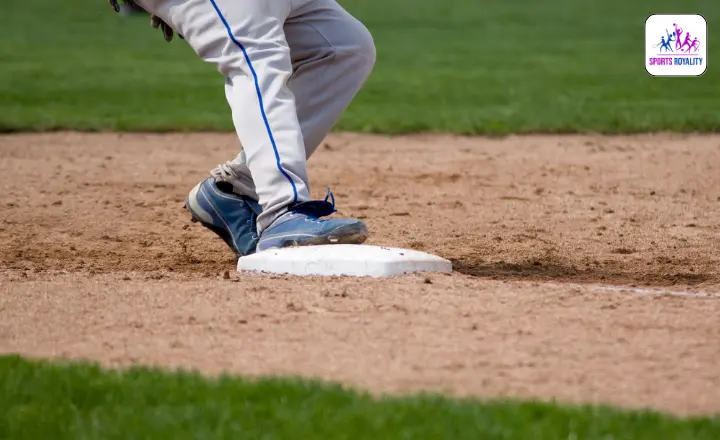
The strategically placed studs or blades on the outsole help athletes maintain traction even in challenging conditions such as wet grass or muddy fields. This increased stability allows for faster acceleration, sharper cuts, and better overall control during quick changes in direction.
In addition to durability and traction, molded cleats also offer versatility. They suit various sports, including soccer, lacrosse, baseball/softball, and football. Regardless of the sport, molded cleats provide consistent support without compromising flexibility or comfort.
Athletes can rely on these versatile shoes to optimize their performance regardless of the field conditions or game requirements.
Lightweight
One of the most significant features of molded cleats is their lightweight design. Unlike traditional metal cleats, which can be bulky and heavy, molded cleats are made from lightweight materials such as rubber or synthetic fibers. This makes them significantly more comfortable to wear and allows for better agility on the field.
The lightweight nature of molded cleats enhances the overall performance of athletes. With less weight on their feet, players can move faster and quickly change directions. This can give them a competitive edge by allowing them to react quickly to sudden movements or opportunities during a game.
How are Molded Cleats different from traditional cleats?
Molded cleats feature a one-piece sole made from durable materials such as rubber or thermoplastic polyurethane (TPU). This design provides excellent traction on various surfaces, ensuring stability and preventing slips that can lead to injury.
In contrast, traditional cleats typically comprise metal studs or removable spikes screwed into a separate plate. While offering adaptability to different ground conditions, this setup lacks the all-around performance and durability of molded cleats.
Another crucial difference between molded and traditional cleats stems from their weight distribution. Molded cleats distribute weight evenly across the sole, reducing strain on specific areas like the balls of the feet and reducing fatigue during long practice sessions or games.
Traditional cleat designs often result in concentrated pressure points due to metal spikes or studs distributed unevenly along the soleplate. This can cause discomfort and pain over prolonged use since certain areas bear more weight than others.
Pros
- The shape of molded cleats is tailored to match the form of your foot perfectly.
- Enhance the safety measures to better safeguard against impact-related injuries.
- Long-lasting and able to withstand wear.
- Lightweight.
Cons
- They require some time to get used to before they can relax.
- They are not well-suited for wet or muddy surfaces.
How can you choose the right molded cleat for your needs?
One of the first factors to consider when choosing a molded cleat is the type of surface you will be playing on. Different sports and fields have different types of surfaces, each requiring specific traction and support. If you play on natural grass, you’ll want a cleat with longer studs to provide better grip and stability.
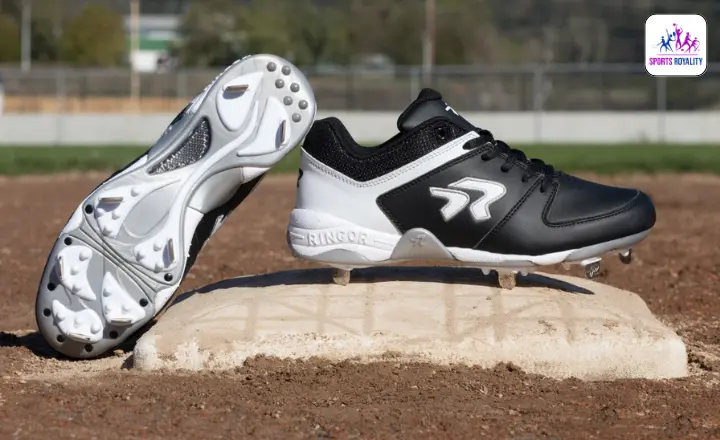
Choosing cleats with many grips is crucial for playing on a dirt or gravel field. These surfaces are more slippery than grass fields, so having multiple grips spread across the outsole can provide better traction and grip.
Look for cleats with patterns such as lugs or small protrusions that can dig into the loose ground to give you firm footing and prevent any unexpected slips.
Conclusion
Molded cleats are famous for athletes in various sports due to their versatility and performance-enhancing features. The unique design of these cleats offers superior traction on different playing surfaces, providing athletes with stability and agility during intense movements.
Molded cleats also offer durability and longevity, making them a cost-effective option for athletes who engage in regular training or competition. Whether you’re a soccer player looking for a reliable grip on grass or a baseball player seeking firm footing on the diamond, molded cleats can significantly enhance your athletic performance. Hope you will get the answer to what are molded cleats.
FAQ’s
Can children wear molded cleats, too?
Molded cleats are available in various sizes for adults and children participating in sports activities. It’s vital to ensure proper fit and comfort when choosing them for young athletes.
How long do molded cleats typically last?
The lifespan of molded cleats depends on various factors such as frequency of use, playing conditions, and maintenance. They can last anywhere from 6 months to a year before needing replacement.
